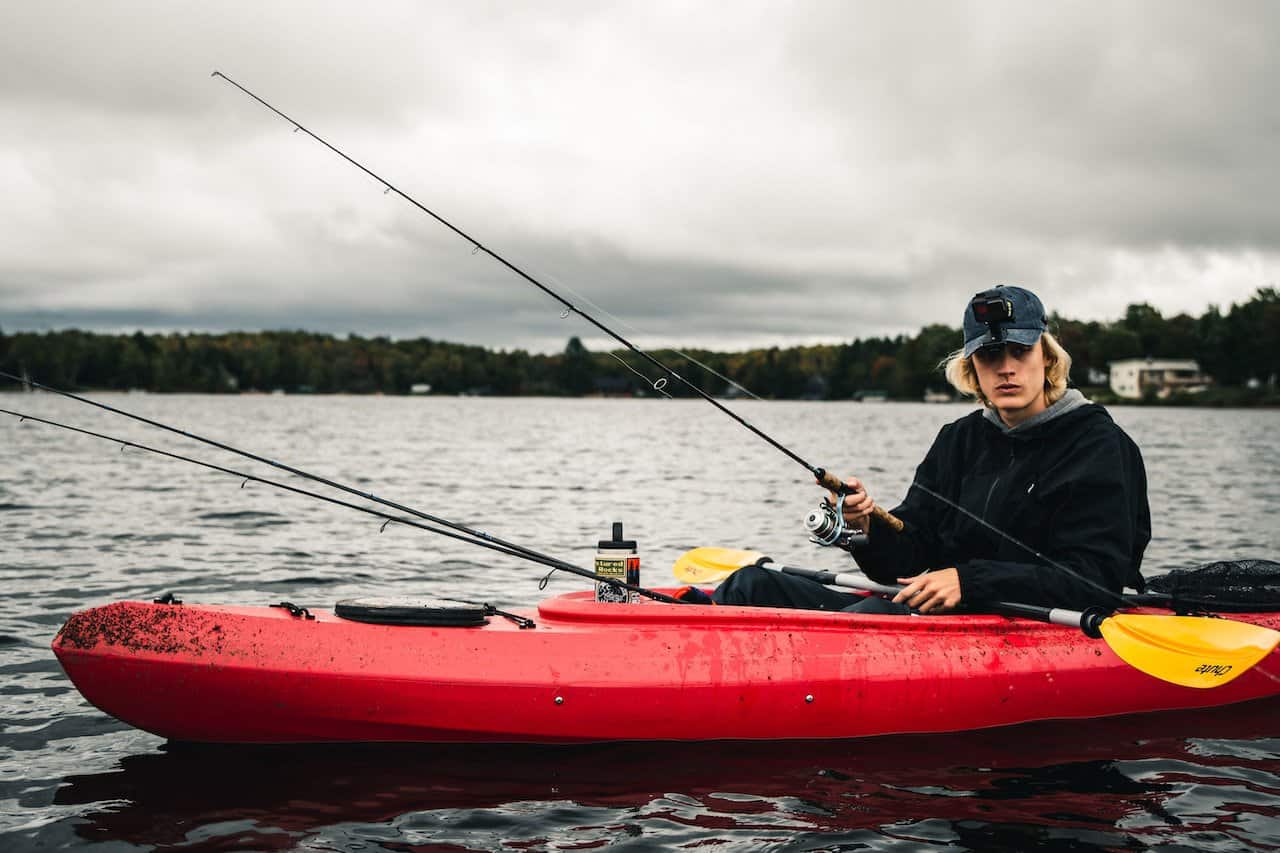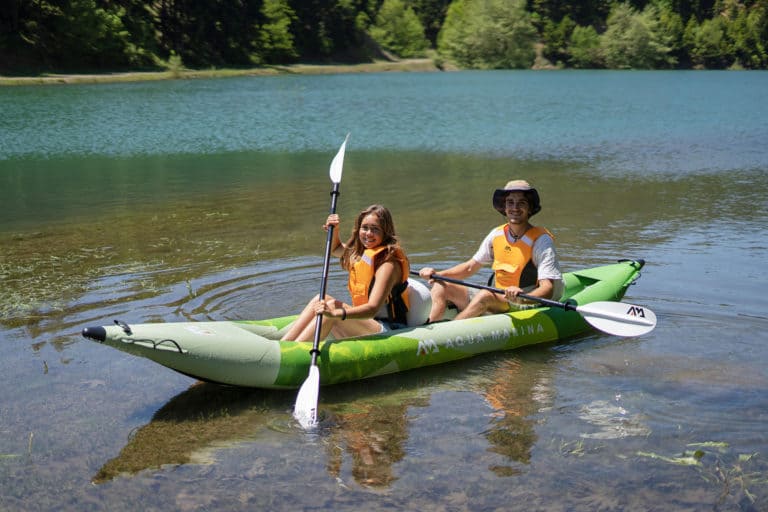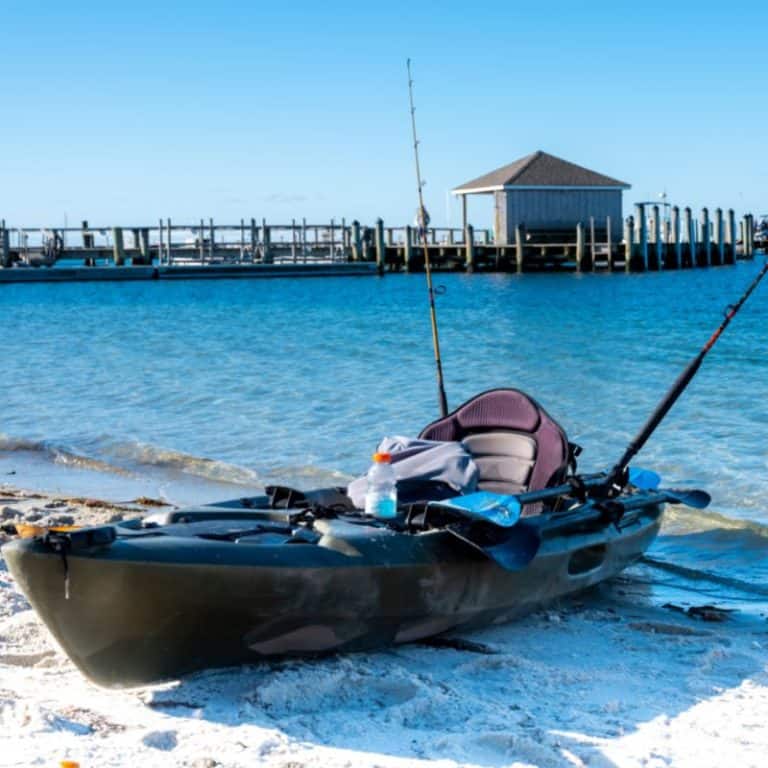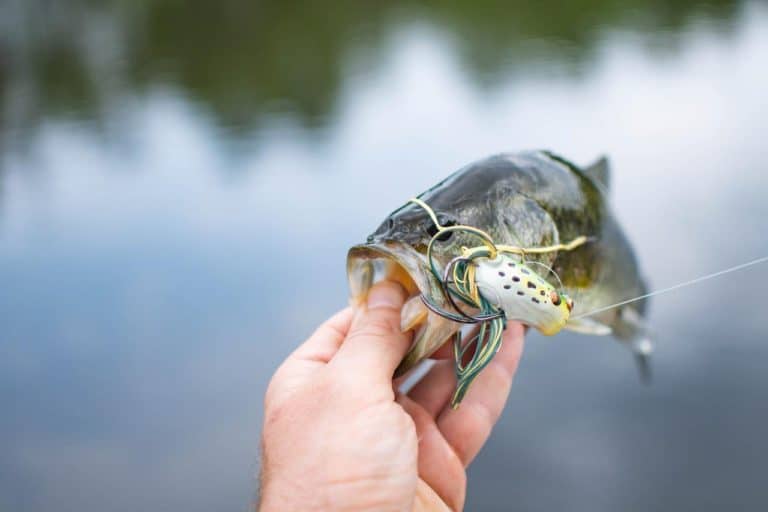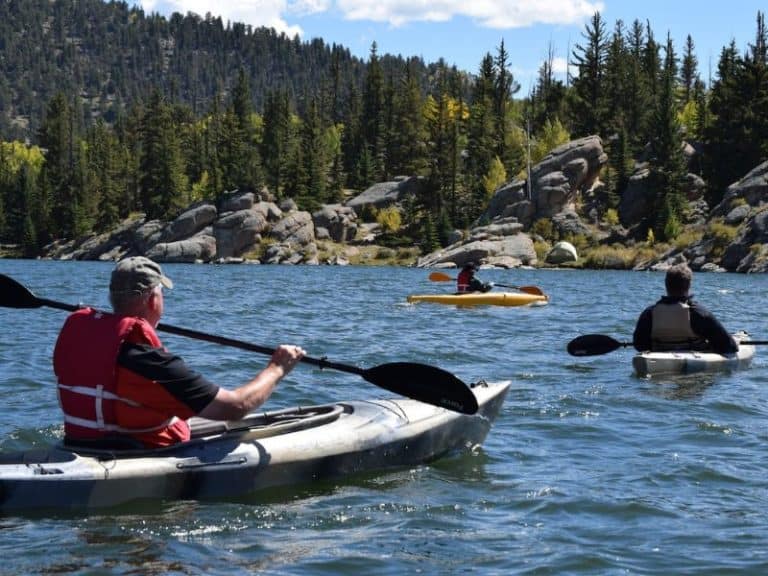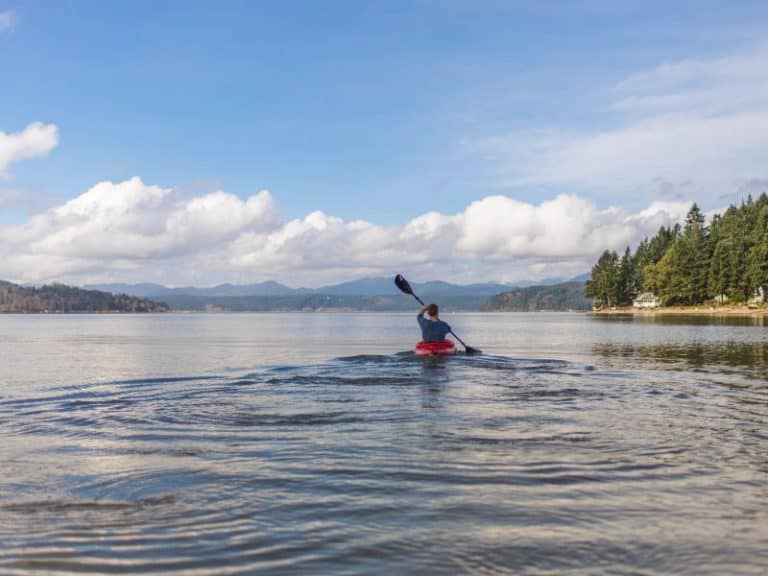Where To Put Fish On a Kayak – 7 Easy Solutions
Introduction
Hello, fellow angler! I remember when I first started kayak fishing, one of the most puzzling questions I had was, “Where the heck do I put the fish?” After all, space on a kayak is at a premium, and we don’t have the luxury of a large cooler or live well like on a bigger boat.
Well, don’t worry, I’ve got you covered. Let’s dive into the different ways you can store your fresh catch on a kayak.
Stringers
Stringers are a classic and straightforward method of keeping fish while on the water. They’re basically long lines, often made of rope or chain, which you can run through the gills and out of the mouth of the fish.
Once secured, the fish stay in the water and stay alive until you’re ready to head in for the day. This is a relatively inexpensive and easy option, but be careful of toothy predators who might see your stringer as a free buffet.
Hard Coolers
Hard coolers are an excellent option if you have the space on your kayak. They’re durable, can keep ice for a long time, and can double as a seat or a platform for mounting gear.
The downside is that they’re bulky and can be a bit unwieldy in a small kayak. Some kayaks are designed with space specifically for a hard cooler, so if you’re in the market for a new kayak, that might be a feature to consider.
You might also want to consider looking at our article on the 7 best fishing kayaks under $1000 for options with ample storage.
Soft Coolers
If hard coolers are too big or heavy for your liking, soft coolers are a great alternative. They’re lightweight, portable, and some are designed to fit perfectly in a kayak’s tank well or on top of a deck.
Like hard coolers, they can keep ice for an extended period, but they may not be as durable or as insulating as hard coolers. However, for short trips or for small to medium-sized fish, they’re more than adequate.
Nets
Nets can be useful for temporarily holding fish. There are special “catch cooler” nets designed to hang over the side of the kayak and keep fish in the water. They’re lightweight and don’t take up any space on your kayak, which is a plus.
However, like with stringers, you have to be aware of potential predators.
Kayak Hatches
If your kayak has hatches, they can be used to store fish, especially if you’re catching smaller species. Some fishing kayaks have specially designed hatches that are insulated and can be filled with ice.
Just keep in mind that it may not be the best option for larger fish, and you’ll want to clean it thoroughly after each use to prevent smells.
Tankwells / Livewells
Tankwells or live wells are another option for storing fish. They’re basically compartments that hold water, allowing you to keep your catch alive. Some kayaks have built-in live wells, or you can purchase a portable one.
They’re particularly popular among bass anglers who prefer to keep their catch alive.
Deck Bags – Waterproof Deck Bags
Waterproof deck bags are another possibility, especially if you’re space-limited. They’re designed to attach to the deck of your kayak, and because they’re waterproof, they can keep your catch nice and fresh. Some have insulation, which can help keep your catch cool during hot days.
Insulated Grocery Bags
Don’t laugh, but insulated grocery bags can be surprisingly good at keeping fish cool, especially if you throw in a few ice packs. They might not be the most high-tech solution, but they’re affordable and get the job done.
Tips to Keep Your Fish Cool
Regardless of what storage option you choose, it’s crucial to keep your fish as cool as possible. This not only ensures the fish stays fresh but also maintains the quality of the meat. Here are a few tips:
- Use ice packs: Regardless of the type of cooler you use, ice packs can help keep your catch cool. Pre-freeze them the night before your trip.
- Keep the fish in water: If you’re using a stringer or net, make sure the fish stay fully submerged in water.
- Limit sun exposure: Keep your storage solution out of direct sunlight as much as possible.
Questions
Where Do You Put a Cooler Bag in a Kayak?
A cooler bag can be placed in several locations on a kayak, such as behind the seat in the tank well, on the bow (front) of the kayak, or strapped onto the deck. The best location depends on the design of your kayak and where you can safely store it without impacting your paddling or fishing.
What Size Cooler for Kayak Fishing?
The size of the cooler for kayak fishing will depend on the size of your kayak and the size of the fish you intend to catch. Generally, a 20-30 quart cooler is suitable for most kayak anglers. However, if you’re targeting larger species or going for a multi-day trip, you might need a larger cooler.
How Do You Keep a Catch on a Kayak?
Keeping a catch on a kayak involves storing it in a cooler with ice, on a stringer in the water, in a live well filled with water, or in a waterproof deck bag, among other options. The key is to keep the fish cool and prevent it from spoiling.
What is the Coldest Temperature to Kayak?
You can technically kayak in very cold temperatures as long as you’re prepared with the right gear. However, for comfort and safety, many kayak anglers prefer to stay on land when the air temperature is below freezing.
Remember, the water temperature can be significantly colder than the air temperature, so hypothermia can be a risk.
To help improve your kayaking experience in different conditions, you might find our guide on 7 kayaking strokes useful.
Can You Fit a Cooler in a Kayak?
Yes, you can fit a cooler in a kayak, but the size of the cooler will depend on the size and design of your kayak. Soft coolers or smaller hard coolers are often the best fit for kayaks. Some kayaks are even designed with spaces specifically meant to hold a cooler.
If you’re considering an inflatable kayak, make sure to read the pros and cons of inflatable kayaks for beginners for valuable insights.
Well, that’s it, my friend! I hope this guide has shed some light on where to put fish on a kayak. No matter what method you choose, remember that the goal is to keep your catch fresh and cool until you’re ready to clean and cook it.
Enjoy your time on the water, and tight lines!

